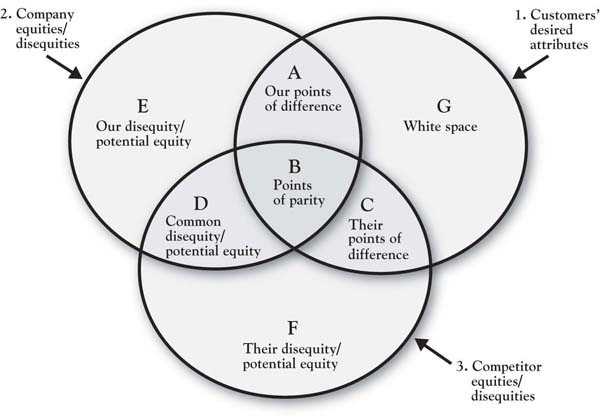Hi readers!
Today I will tell you about an interesting topic from
Marketing Management class. The topic I am talking about is the 3-circle model to carry
out the analysis of the complete market and where our company stands. Prof.
Neeraj Pandey is our professor for the Marketing Management subject at NITIE. Without
wasting any more time, let's see what exactly is this 3-circle model and how its
analysis can be useful in deciding the company’s strategy.
The 3-Circle model provides a method of explicitly
identifying the current state of customer value in a market and a variety of
sources for improving a firm’s competitive position and profit potential.
There are three circles
1. Customer
Circle
Having
identified the target customer segment for the analysis, we can depict the
customer circle as reflecting the value they seek
2. Company
Circle
A circle
that represents the customer’s perception of how well our company is delivering
on the value that the customer is seeking
3. Competitor
Circle
The circle representing what our competitor thinks of how well it is able to
deliver the value to the customer.
Rest things are very easy to comprehend through diagrams
given below:

Area A: Our competitive points of difference. Build
and defend.
Area B: Points of parity. This is the common value
that customers may come to expect from all competitors. These attributes and
benefits should generally be monitored and maintained at competitive levels.
Area C: Their (the competitor’s) points of
difference. If there are absolutely critical dimensions that can be matched in
cost-effective ways, there is a high priority on matching the competitor’s
advantages. The exception is when the competitor’s strategy is built upon a
fundamentally different positioning strategy.
Area D: This is nonvalue or disequity common to
both competitors in the analysis. The goal here is to fix disequities if this
action can contribute to your competitive advantage, reduce or eliminate
attributes and benefits that customers find have little value, or potentially
unearth value that has not been clearly developed or articulated to customers.
Area E: Similar to Area D, except that this
nonvalue or disequity is specific to our company, so there may be some very
high priority fixes here. In addition, the study of Area E might even emphasize the
search for potential equities and unique capabilities the organization has that
might be clarified and leveraged.
Area F: This is the competitor’s nonvalue or
disequity. If chosen, the strategy of overcoming competitors’ deficiencies
involves making better products and services than the competition and
distributing them more effectively. In addition, a communications strategy can
point out the problems with the competitor’s offering.
Area G: The white space represents areas of unmet
need that neither competitor has touched. It is important to seek growth
potential in unmet needs but in a structured and disciplined manner. Identify
the deeper reasons underlying customer complaints and problems, and search for
potential differentiating sources of new value for which we have a capability
advantage.
The key benefits of the framework are the
following:
·
Understanding the customer’s
perspective with a focus on competitive assessment and the deeper values
underlying customer decision making
·
Straightforward illustration of
principles of competitive strategy and actionable implications for how to
improve competitive position
·
An explicit focus on building
competitive advantage through both capability development and communications
strategy
That’s all for the 3-Circle Model
Stay tuned for more updates!!





